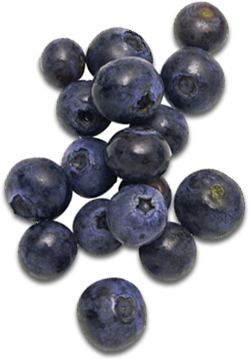no items to display
Dry Your Leftover Produce
Have you ever come home with several fistfuls of cilantro when you’re only making a single batch of guacamole? How about a whole bag full of ripe tomatoes for taco night, and you only end up chopping one for toppings? An estimated 25-40% of food grown, processed, and transported in the U.S. will never be consumed. Over-buying and wasting food can be a serious and frustrating problem for families, especially if you genuinely want to eat whole foods, stick to your budget, and get in-season produce when possible. Thankfully, there’s a great, affordable solution to all those problems: drying your surplus produce.
The Benefits of Drying Your Surplus Produce
That’s right—drying or “dehydrating” your produce is relatively easy (compared to canning), cheap, delicious, and the product can be eaten directly as a snack or rehydrated easily with hot water.
Drying your leftover produce has some additional benefits on top of helping you cut down on food waste and save money. Dehydrating better preserves the nutritional content of foods because it doesn’t expose them to high heat. It also preserves flavor, especially compared to freezing and canning. Finally, it takes up way less space in your pantry than canned or fresh food.
How to Dry Your Produce
With an oven:
- Clean and chop your produce into small pieces
- Spread it out on a baking tray so that air can flow around each piece
- Set the oven on the lowest setting
- Dehydrate for around 6 to 8 hours, checking regularly to remove any foods that are dried early so they don’t get crispy
With a dehydrator:
Using an oven for that long will heat up the kitchen and use extra energy, and the flavor of food is better preserved if it’s dehydrated at a lower temperature, so many people opt to invest in a dehydrator instead. To use a dehydrator, prepare your produce the same way, then set the dehydrator for the optimal temperature and time depending on the food. You can find out more about those specifics here.
What Can You Dehydrate?
Well, you can dehydrate pretty much anything. Fruits are great for dehydrating because they make delicious snack food afterwards – bananas, apples, cherries, peaches, pears, you name it. Dehydrated fruit is also a great addition to baking recipes. But you can also dehydrate vegetables like zucchini, green beans, carrots, and more in the same way, and rehydrate them with hot water to serve, or add them to a stew or other recipe as desired.
So, make the most of your extra produce this winter, and come summertime, watch out world! You’ll be dehydrating all those summer goodies and ready to eat delicious, flavorful food throughout next year. Which fruits and veggies do you like to dehydrate?
http://www.feedingamerica.org/about-us/how-we-work/securing-meals/reducing-food-waste.html?referrer=https://www.google.com/





